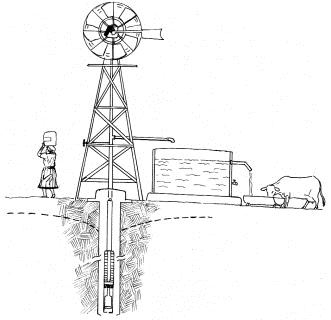
I was fascinated to find a number of farm windpumps still
standing in what is now developed suburbia. Through geocaching, I
share my fascination with you.
These Windpumps are a reminder of our farming days of
yesteryear.
From South African photographer Chris Myburgh's website:
"The first records found of a windpump in South Africa, is
from a painting drawn in 1848. Records were found of windpumps as
from 1869 and the first import was in 1874. These were wooden
constructions. The first all steel windpump was patented in 1855 in
England."
There are a number of types of windpumps manufactured both
locally and abroad. Each manufacturer has its own style and
branding. You'll notice the Manufacturer's branding on the Wind
Vane.
Windpumps (Windmills) are fondly referred to as "steel flowers"
especially in the Karoo area where they can be found in abundance,
providing much needed water to the farms.
Taken from the website:
http://www.dwa.gov.za/groundwater/NORADToolkit/7.2%20Introductory%20Guide%20to%20Appropriate%20Solutions%20for%20Water%20and%20Sanitation.pdf
"What is a wind powered pump and how does it
work?
Wind powered pumps use the energy generated by wind to lift
groundwater to the surface. A rotor is mounted on top of a tower.
The action of the wind turns the rotor, which through a gearbox
drives a reciprocating shaft. This in turn drives the pump in the
borehole.

Wind pump adaptations
The air-lift groundwater pump was developed to provide a
low-cost pump for use in informal and rural settlements. This pump
system can be operated with tyre pumps. It has a wind pack
compressor, capable of storing wind energy as compressed air. This
provides supplementary power to the pump. All the working parts of
this pump are located above ground, making maintenance
easy.
Wind pump requirements
The pump requires sufficient wind speeds for significant
lengths of time. The wind pump must therefore be placed where there
is a clear sweep of wind. Also, the borehole should provide enough
water so that continuous pumping does not result in excessive
drawdown. Storage for several days must be provided to cater for
calm periods when there is insufficient wind speeds to pump water.
Further, someone must be delegated to apply the manual brake to
avoid damage during storms.